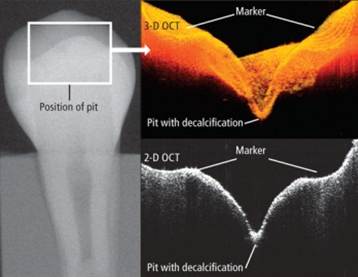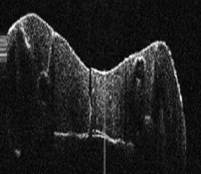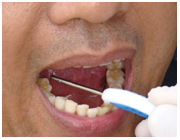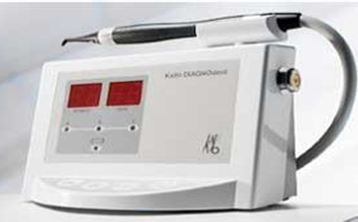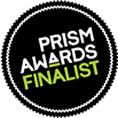Dentistry |
|
|---|---|
|
In dentistry, OCT may substantially reduce the dependence on ionizing radiation in X-rays, allowing dentists to identify cavities and periodontal disease without the danger, while giving substantially more detail and the ability to see underneath existing fillings. The resolution of OCT is well over ten times improved over the resolution of X-rays. Laser implications: Low cost is critical with high volume dentistry applications, and the all-semiconductor cost curve makes wide deployment possible. High speed makes High-Definition 3D imaging possible, and built-in measurements further reduce system complexity and cost. Additional general information:
Additional technical information: |
Comparisons of X-ray (left) and 2D and 3D
|
|
2D OCT showing a crack in the tooth
|
|
|
Images are generated from |
One company's |


